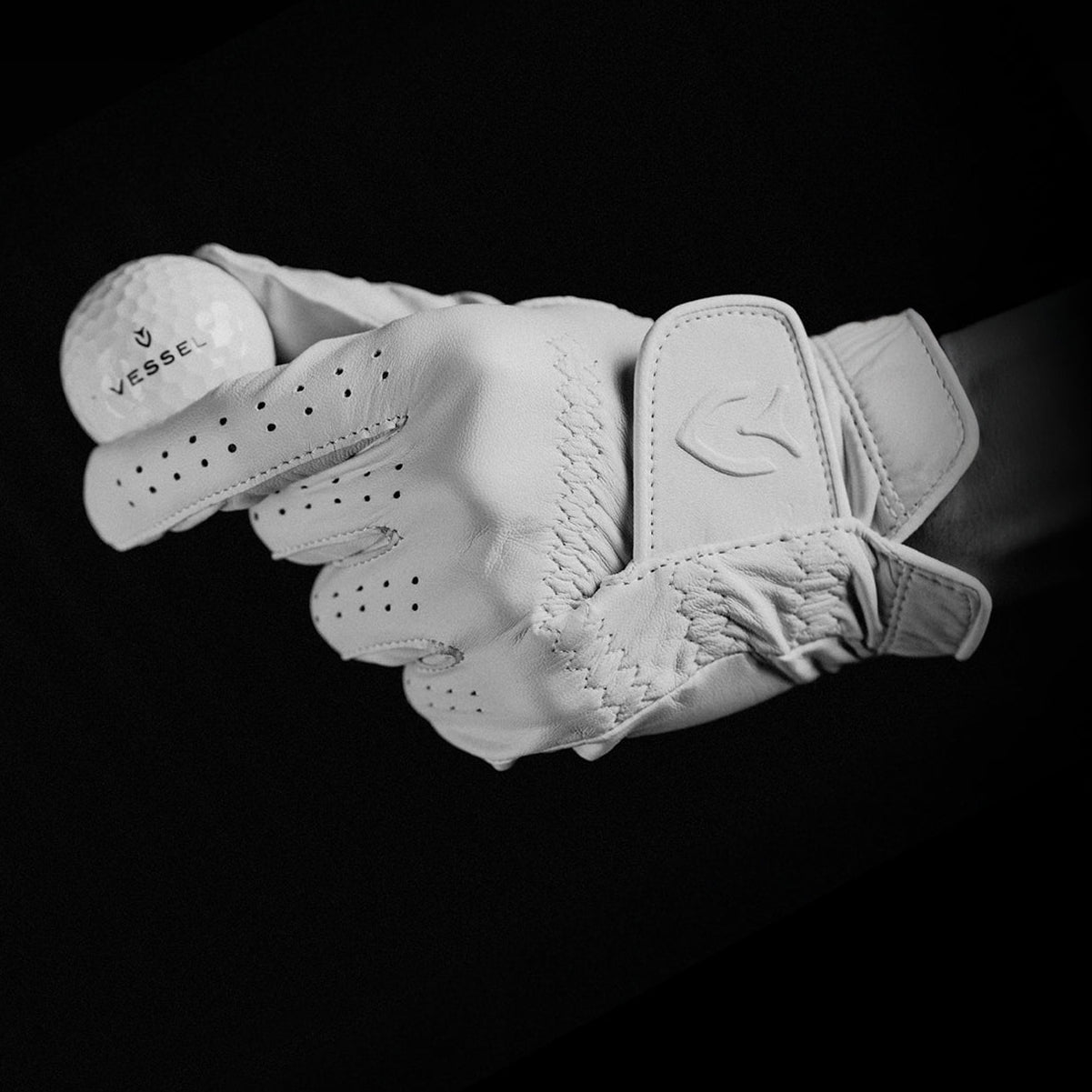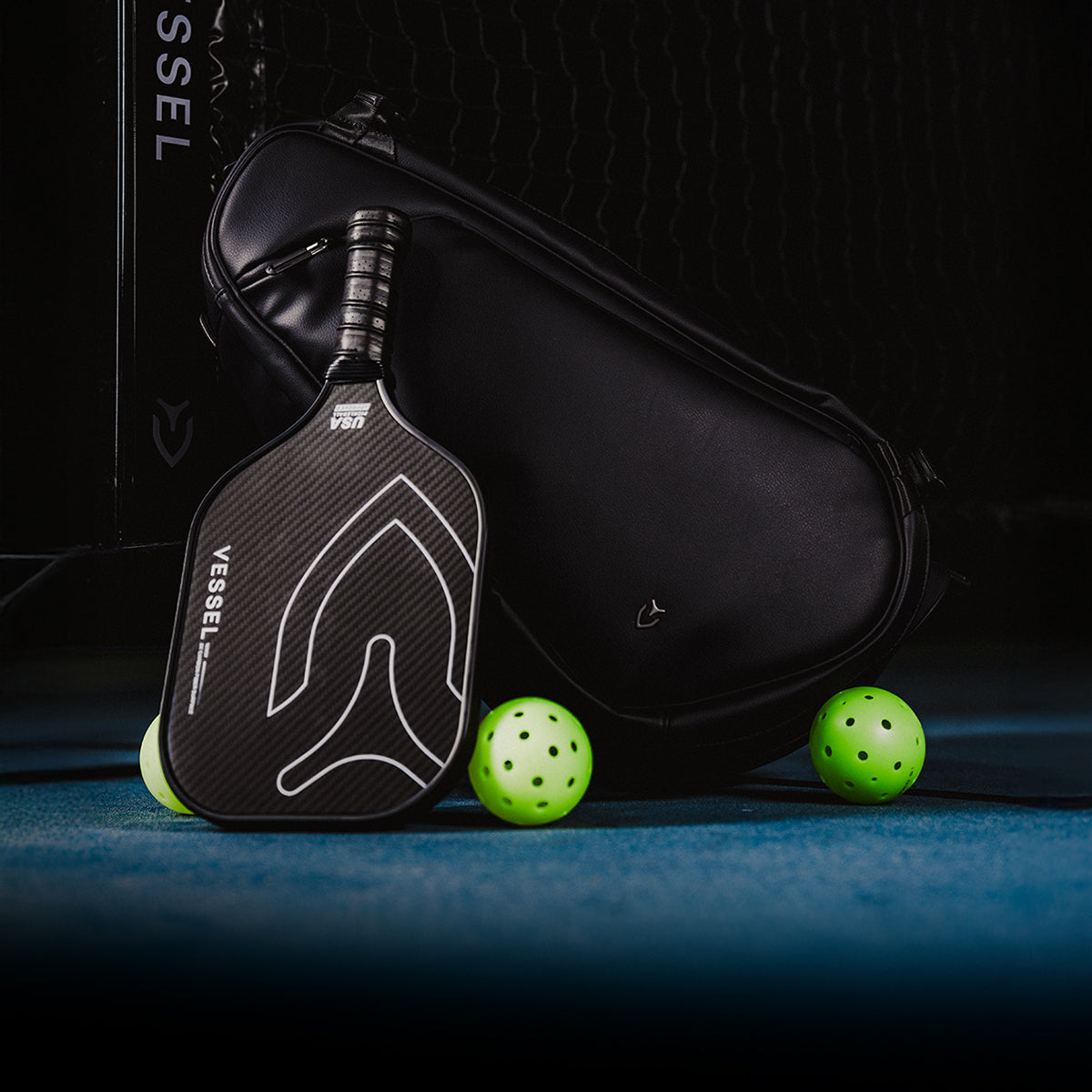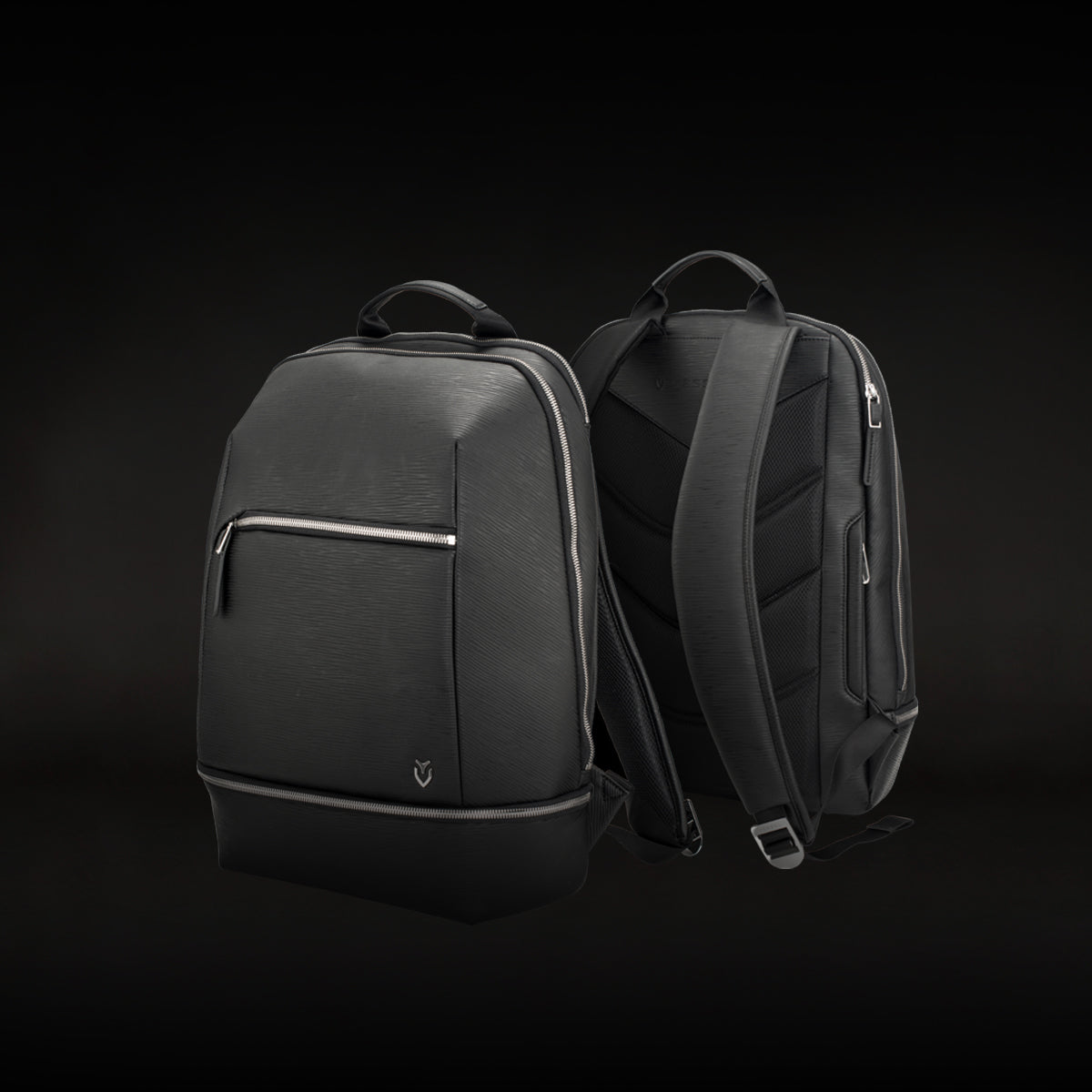

Most golfers hit a 60-degree wedge between 50 and 80 yards with a full swing. Scratch golfers are on the higher end at 70 to 80 yards. Higher handicappers are closer to 40 to 50 yards. But here's what matters more than any of those numbers. Your personal distance with this club depends on your swing speed, how well you strike it, and whether you're even taking a full swing in the first place. Most players use partial swings with a 60-degree wedge because that's where the real control comes from.
What Distance to Expect Based on Your Skill Level
Your skill level is the biggest factor in how far you'll hit this club. Scratch golfers carry a 60-degree wedge 70 to 80 yards on a full swing. If you're a 15 to 20 handicap, you're looking at 50 to 60 yards. Higher handicappers usually hit it 40 to 50 yards.
Even Tour pros rarely push it past 125 yards, and they've got swing speeds most of us will never see. The average amateur lands somewhere in the 30 to 80 yard range depending on ability.
But distance isn't really the point with a lob wedge. You're using this club for height and spin on delicate shots around the green. Better players compress the ball more consistently and make cleaner contact, which is why they get more distance. But even they're not swinging full out with this club most of the time.
For bottoms, you've got a few options. Tailored golf pants or Bermuda shorts that hit around your knee are your safest bet. Jeans and cargo pants are out at most places, though some modern courses are starting to accept denim. Check with the course first.
Golf shoes with soft spikes are standard. Metal spikes are banned almost everywhere because they tear up the greens. You'll also want to wear a belt. It's a small detail, but it shows you're taking the dress code seriously.
Avoid anything too loose or baggy. It can restrict your swing and looks sloppy.
How Your Age Changes the Numbers
Age affects your 60-degree wedge distance more than you'd think. If you're under 30, you're probably hitting it 60 to 100 yards because your swing speed is still high. Between 30 and 60, most golfers average around 74 yards with a full swing. That's where experience starts to make up for the slight drop in speed.
Once you hit 60, distances typically fall to 50 to 60 yards. That's not a technique problem. Your core strength, flexibility, and rotational power naturally decline as you age.
Most golfers in every age group use half or three-quarter swings with a 60-degree wedge anyway. Full swings with this much loft are hard to control. Men typically hit it 20 to 30 yards farther than women due to strength differences, but fitness training can help maintain or even improve your distances at any age.
Why Partial Swings Beat Full Swings
You can hit a 60-degree wedge 60 to 90 yards with a full swing. But you'll give up a lot of control to get that distance. That's why most good players stick with partial swings.
Partial swings give you 20 to 60 yards of carry. That's the sweet spot for shots around the green. You get better spin, better control over your flight path, and way less chance of overshooting your target.
The 60 degrees of loft creates a steep descent angle. The ball comes down almost vertically and stops fast with very little roll. Partial swings are also more forgiving when you don't catch it perfectly.
Think about it this way. Most of your scoring happens inside 60 yards. If you can dial in three or four different partial swing distances with your 60-degree wedge, you'll save more strokes than trying to hit it as far as possible.

How the 60 Degree Compares to Your Other Wedges
A 60-degree wedge is the shortest club in your bag, but it's also the most precise. You'll carry it 50 to 80 yards. Your sand wedge goes 65 to 90 yards. Your gap wedge goes 79 to 110 yards. Each wedge gives you about 10 to 20 yards less than the one before it.
The 60-degree is your surgical tool. The pitching wedge, which goes 90 to 140 yards, is more like a hammer. But there's a trade-off. Testing shows a 60-degree wedge produces about a 35-yard spread on full shots. A 56-degree wedge only has a 25-yard spread, making it more consistent.
Accuracy tests show you'll land about 7 feet from the pin with a 60-degree wedge. That's just slightly worse than a sand wedge at 6 feet. But the 60-degree gives you stopping power that lower-lofted wedges can't touch.
Frequently Asked Questions
Should I Carry Both a 58 and 60 Degree Wedge?
Probably not unless you're a scratch golfer. These wedges are only 2 degrees apart. They fly almost the same distance. You're better off with wider gaps like 50, 54, and 58 degrees. That gives you more versatile distance options. Most amateurs find a 58-degree wedge does everything a 60 can do, and it's more forgiving on full shots.
What Bounce Angle Should I Use?
For a 60-degree wedge, you want 6 to 10 degrees of bounce. If you take big divots with a steep swing, go with 8 to 10 degrees. If you have a shallow swing on firm courses, try 4 to 6 degrees. Most amateurs do well with 8 degrees. It works in tight lies, bunkers, and rough without digging. Get fitted to find what works for your swing.
Can I Use It From Fairway Bunkers?
Yes, but only in specific situations. When you're close to the green, need to clear a high lip, and want the ball to stop fast, a 60-degree wedge works. For longer fairway bunker shots over 90 yards, you won't get enough distance. The steep loft creates a high, soft shot that doesn't roll much.
Do Tour Pros Carry a 60 Degree Wedge?
About 64% of PGA Tour pros carry one. They use it for tricky shots around the green where they need maximum height and stopping power. Some players, like Rory McIlroy, stop at 54 degrees. It depends on playing style and course conditions. Some pros even carry wedges with more than 60 degrees for extra versatility.
Conclusion
Most golfers hit a 60-degree wedge between 40 and 80 yards. Your personal distance depends on swing speed, contact quality, and whether you're taking a full or partial swing. Don't worry about matching Tour pro numbers. Find your own consistent distances. Go to the range, build your distance chart, and practice those partial swings. That's what will actually lower your scores.







